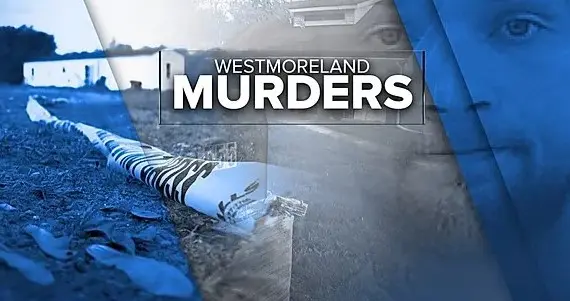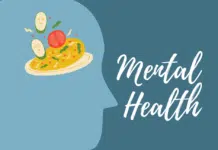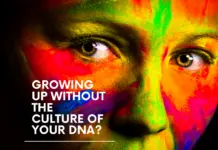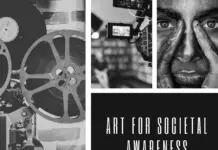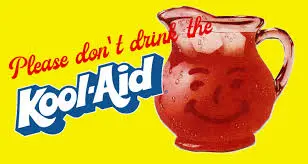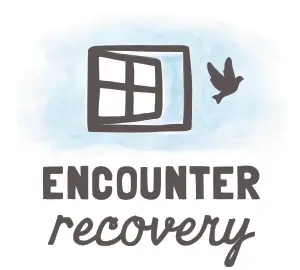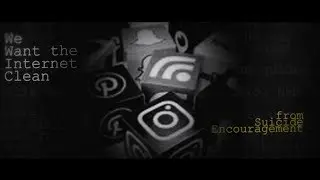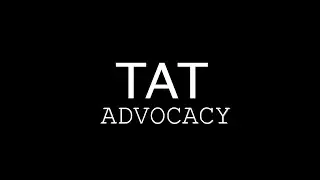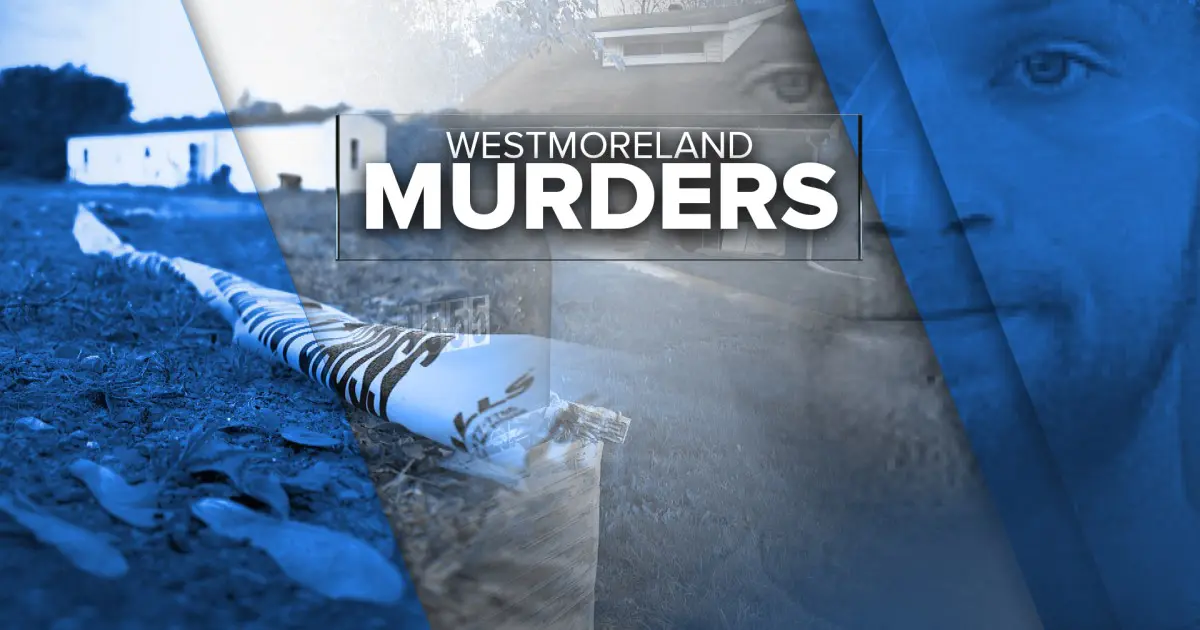
Last week in Tennessee a tragedy happened when Michael Cummins, was accused of killing seven people. It is reported Cummins terrorized the neighborhood and did not show up for his mental health appointments. His probation officer signed an order to revoke his bond and law enforcement was days away from sending him back to jail. Clearly, anyone who attempts or succeeds in killing another human being is not mentally healthy long term or at that moment which I feel, we all can agree.
This leads to the mystery of one of the Holy Grails…
How do you fully advocate community members to put their effort toward growing compassion to help end stigma against mental health illnesses and substance use disorders when this minor percentage of people with severe illnesses cause harm and death to others?
Of course, those of us who are working in the social service industry have an understanding of genetics and mental illnesses, but we are only a small percentage of the world. The other larger percentage in the community are not in the social service industry. Here is a quote, word for word, recently stated from one of those people not in our industry:
“I don’t want those crazy people around me or my kids, other people who want to deal with them can, but they need to stay the h*ll away from us”….end quote.
This was a response I received when I advocated to help reduce stigma through knowledge and compassion.
Just like some flaws in thinking are made by making a part of something the meaning for a whole of something is a wrong perception by classifying one person’s doing as everyone’s doing, this is part of the mind frame sustaining stigma. If you think about it, could you see how the frame of thinking can be a defense mechanism and a natural human reaction to avoid harm especially if they have been harmed or traumatized before?
In an article posted on a therapy website it states,” we need to be a society that does not discriminate or ostracize people because of mental illness, but instead we should accept and embrace them, rally, and support them, just as we would for someone who is fighting a physical illness such as cancer.”
I do agree with this; however, some levels of illness are so severe….only providing an embracing and supporting theme can be a dangerous activity. These different levels need to be acknowledged.
For those of us who have worked in the higher level of care treatment facilities and first responders, safety is often put at risk; however, we are trained on how to deal with it and for those on the front line, harm can still be caused by being punched, bitten, or even having your car stolen. Those community members who are not trained and are neighbors or in public areas with those having severe illnesses, what do they do, they don’t know what they don’t know and if someone is trying to harm them or themselves…. then what?
A large majority of those with mental illnesses are not like that, but the tragic events from people with severe harming mental illnesses cloud the true characteristics and accuracy of mental illnesses as a whole keeping stigma alive and strong. As in the case above, people still were harmed and died, but that is only a small representation of the whole.
In an article written in 2018, by David Levine, he states, “A research review of 22 studies, published in the journal BMC Psychiatry in 2010, found that stigma and embarrassment were among the most-often listed reasons why young patients with mental illness did not adhere to their medication regimens.”
This study reflects a conflict or some shall say, a catch 22, in the probability of success to ever really end stigma. Especially when events such as the 7 killings which happened in Tennessee last week from someone accused of killing them had a mental illness.
Policy can make those who work in the industry be required to have specialized training, but what about everyone else that is not in social services? What is their motivation to get training so they can have the empathy to get rid of their stigma or like in the Cummins situation, how to identify and protect themselves when an illness is severe and may cause physical harm?
Should funding be focused not only on the efforts to reduce stigma through knowledge and education of mental illnesses, but be more funded as well on the efforts on how the community can identify and differentiate the severity of mental illnesses, how to get someone help if they need it, and how to protect themselves if the person with the severe mental illness harms themselves or others?
Cummins neighbors witnessed his unusual behavior before the mass murders, he even tried to catch one of their residences on fire. This leads me to address this topic to spark some interest and conversation about, “See something, say something, and to further it more….,” Do something.”
It seems the, “End Stigma,” issue may be better combatted when events like Cummins or others do not get to the severe point where harm is caused. This leads to the issue of the, “Bystander Effect.”
The Bystander Effect for those reading this that do not know is, “ a tendency for people not to get involved or not to offer help in a social situation. Often misunderstood as apathy and selfishness, it is more of a misinterpretation of the lack of response in other people as well. Thinking that help is not needed, it results in diffusion and confusion of responsibility.”
The last phrase stating,” Confusion of Responsibility,” is what is key. Do we not all have a societal responsibility to be virtuous citizens? Would you agree some people have the bystander effect due to not being trained or knowing how to respond as if they are in a state of shock or feeling they will get harmed if they helped so they just walk away?
And if so, do you not think it would be more important to turn MORE funding towards teaching the community how to respond by, “See something, say something, and most importantly, know HOW to do something, versus to only be educated and compassionate,” so harmful events can have a higher probability to be avoided to really help decrease stigma?
Sending prayers to the victims and their families for this tragic event.
Till next time,
Mel K
References
Photo Credit to: https://www.newschannel5.com/news/probation-officer-was-planning-to-arrest-michael-cummins-the-day-before-the-westmoreland-murders
“Can the Stigma of Mental Health Care Be Reduced?” U.S. News & World Report, U.S. News & World Report, health.usnews.com/health-care/patient-advice/articles/2018-07-13/can-the-stigma-of-mental-health-care-be-reduced.
M.S., Pam. “What Is BYSTANDER EFFECT? Definition of BYSTANDER EFFECT (Psychology Dictionary).” Psychology Dictionary, 25 June 2015, psychologydictionary.org/bystander-effect/.
Meyer, H., & Tamburin, A. (2019, April 29). Sumner County killings: Who is suspect Michael Cummins? Retrieved from https://www.tennessean.com/story/news/crime/2019/04/29/sumner-county-killings-who-suspect-michael-lee-cummins-tennessee-homicide-mass-murder/3609438002/
“What Is Mental Health Stigma?” Theravive Counseling, www.theravive.com/end-stigma/.

